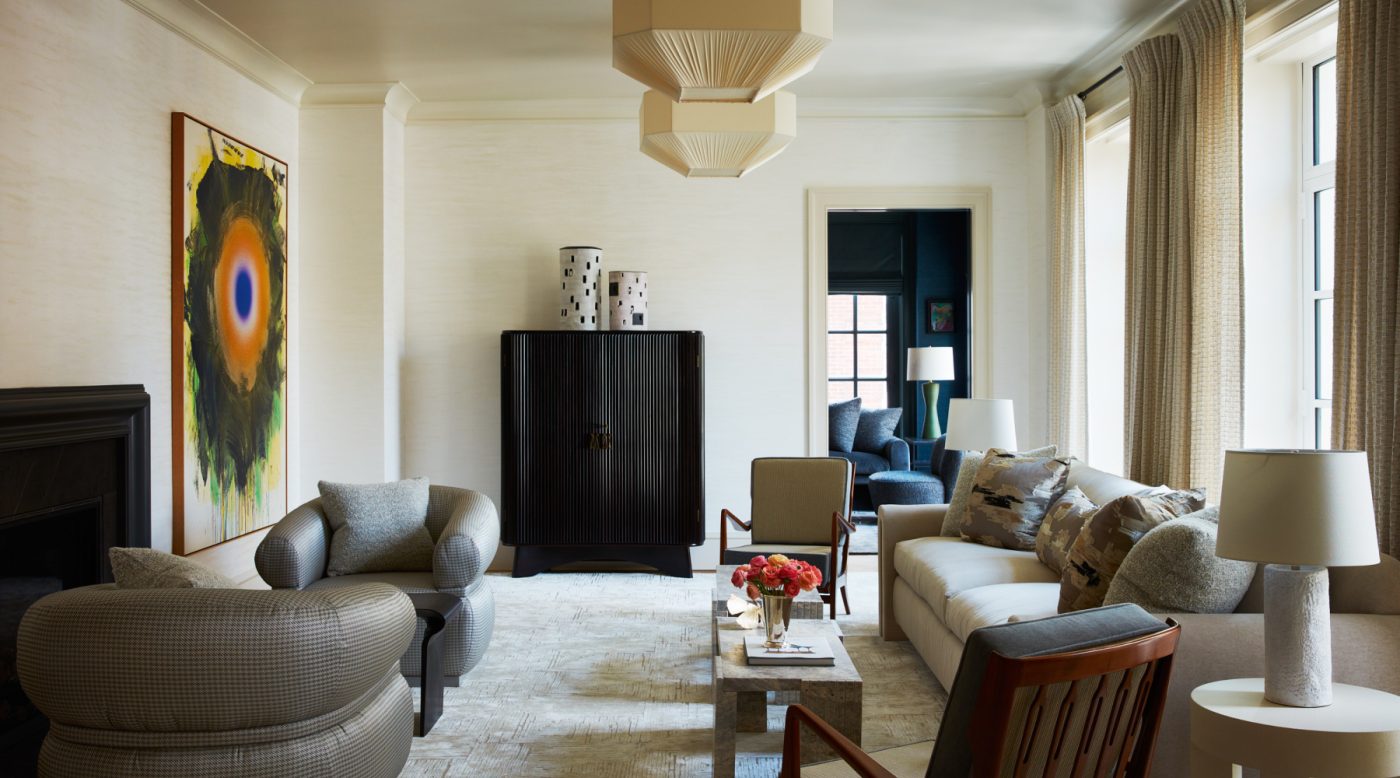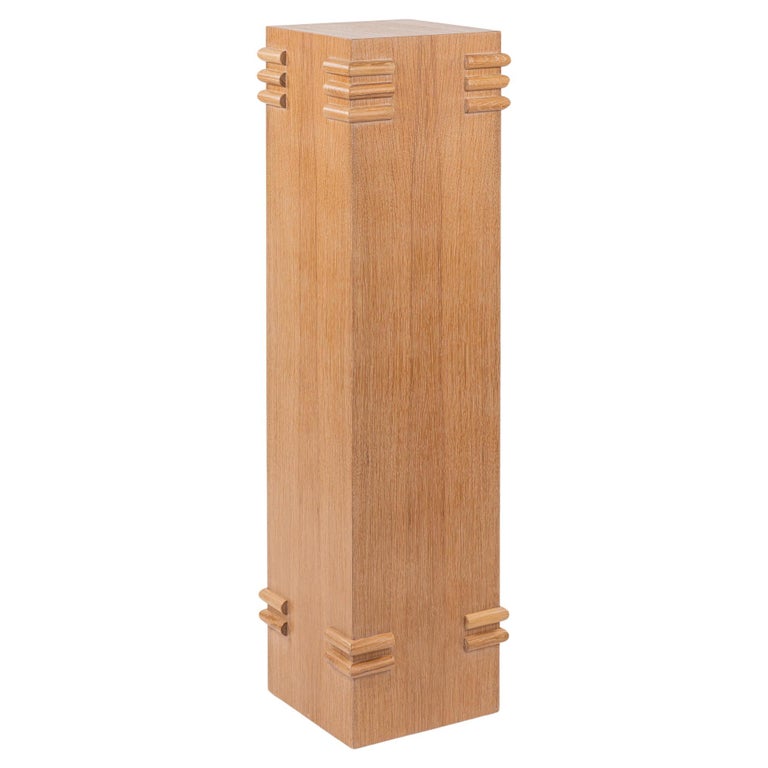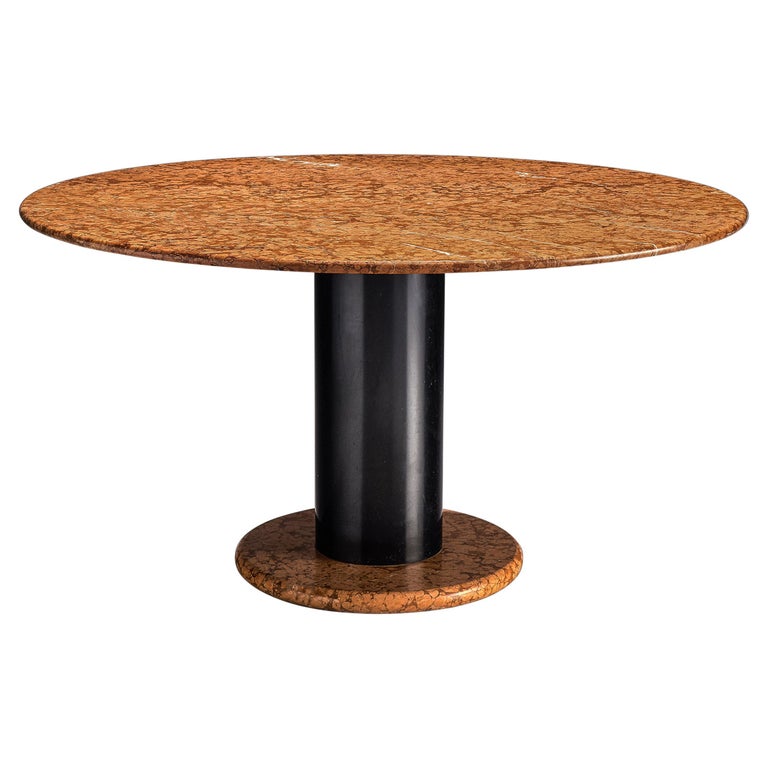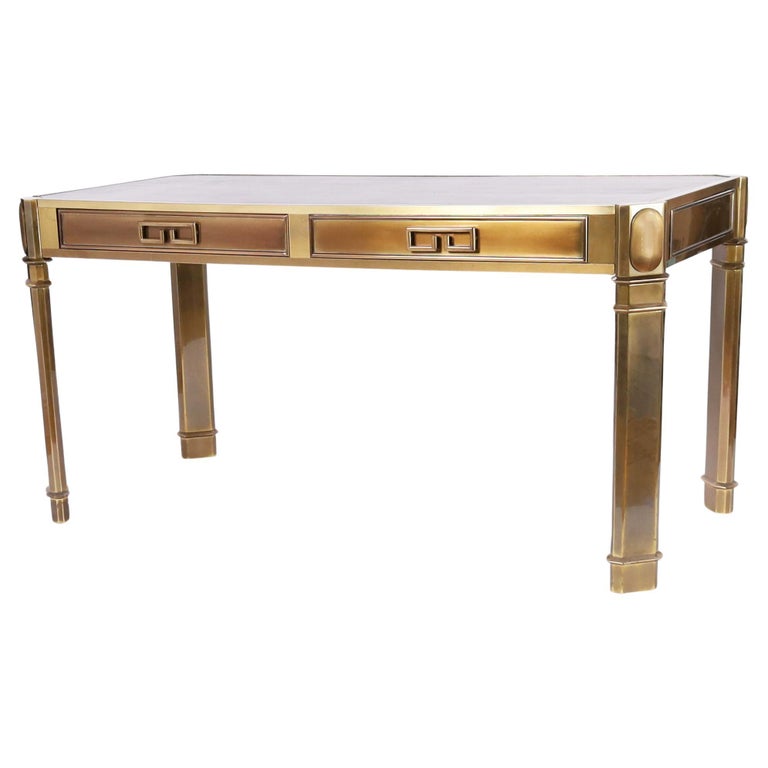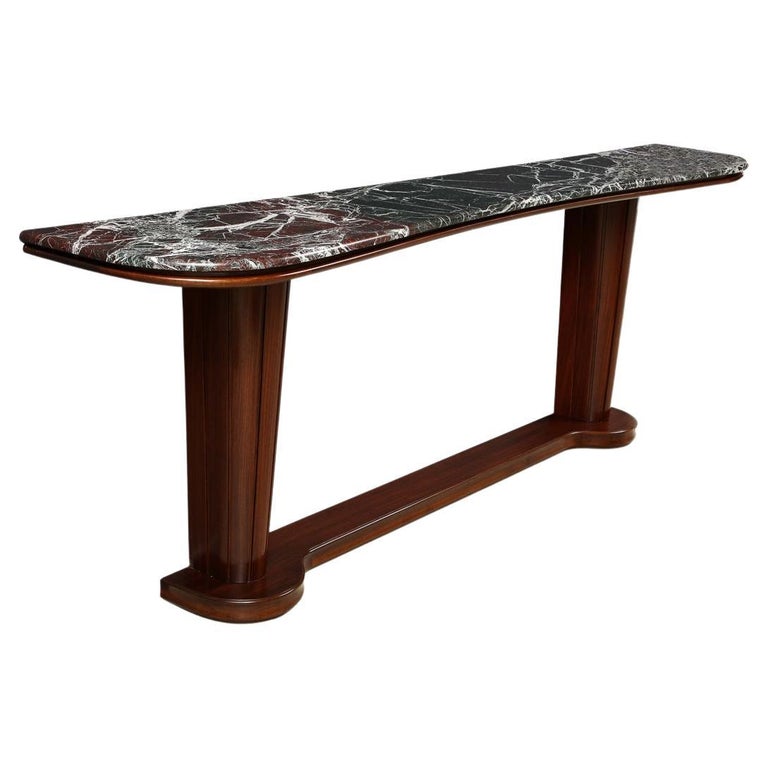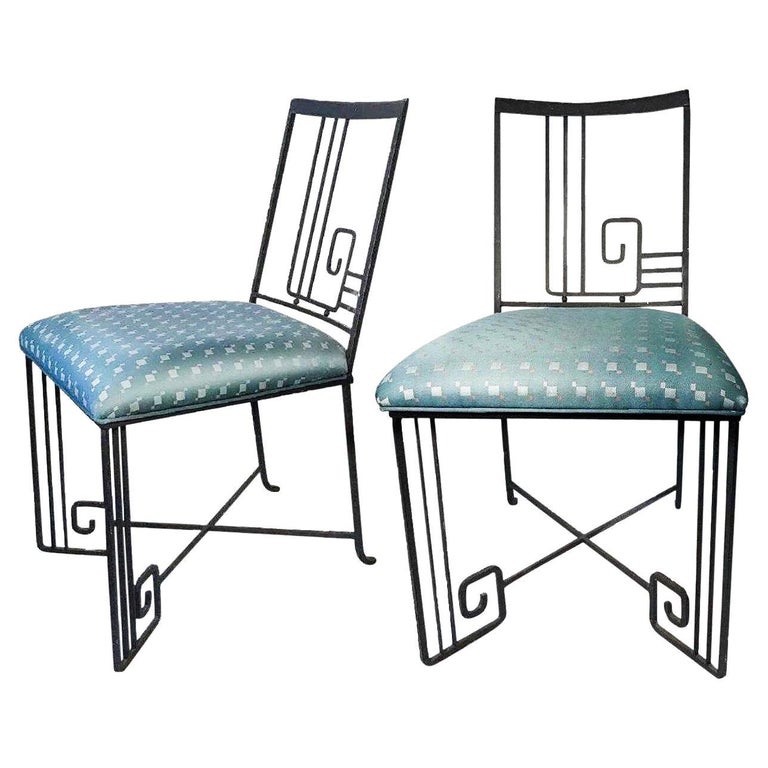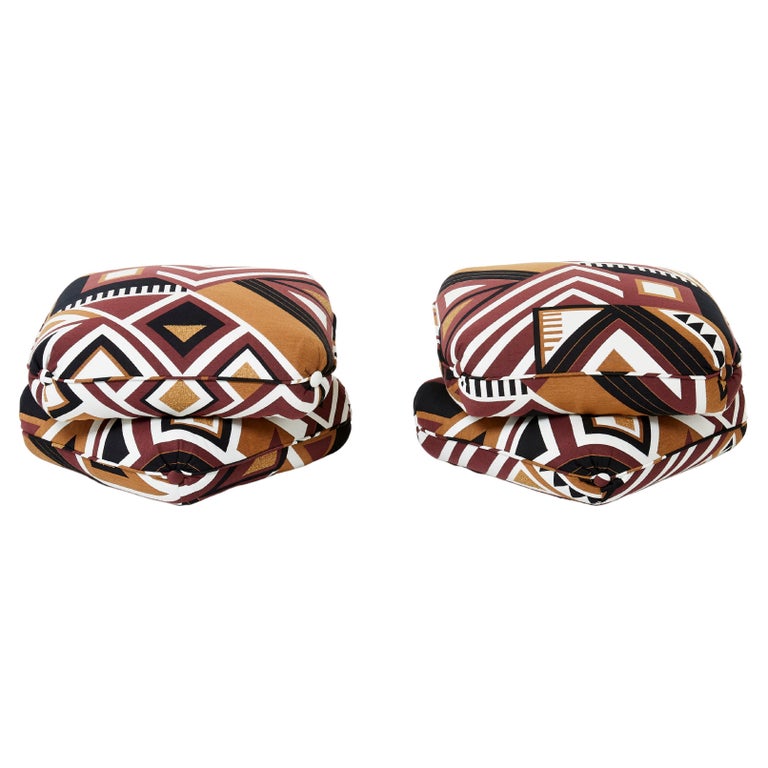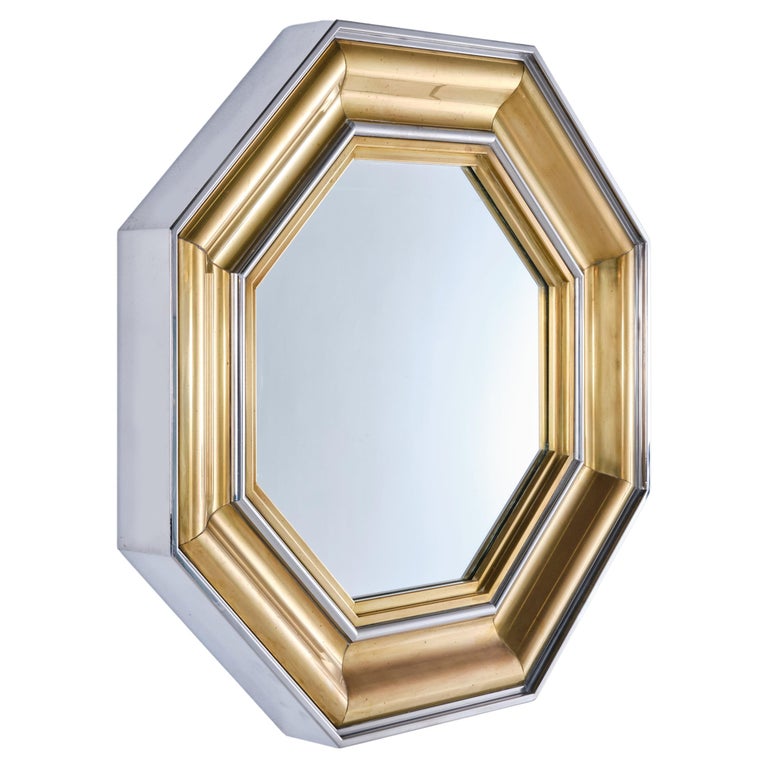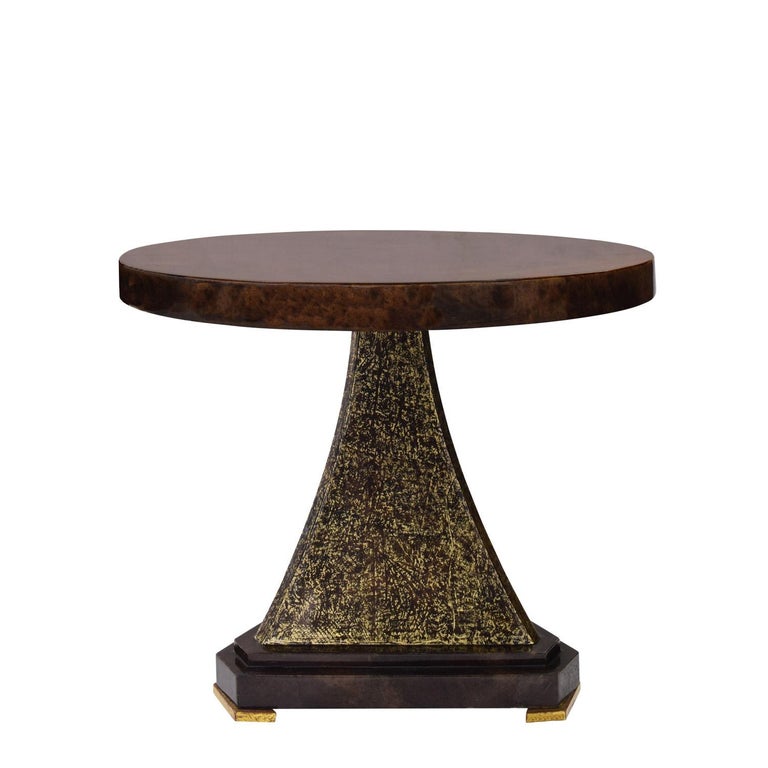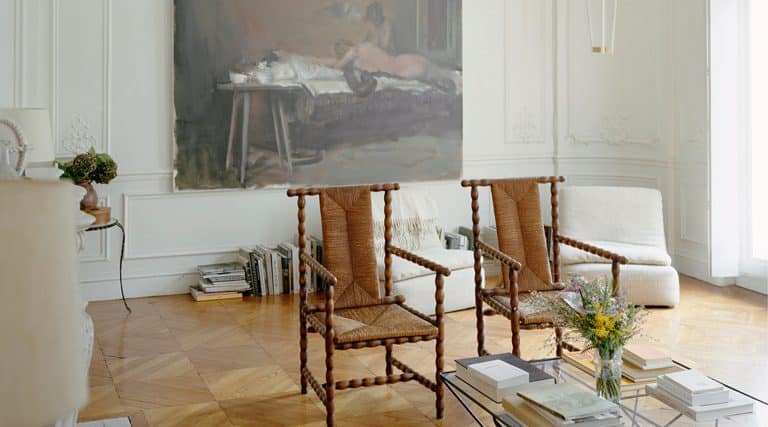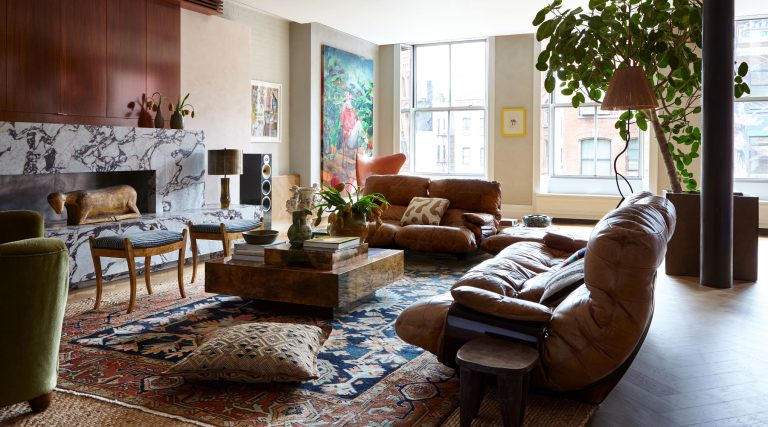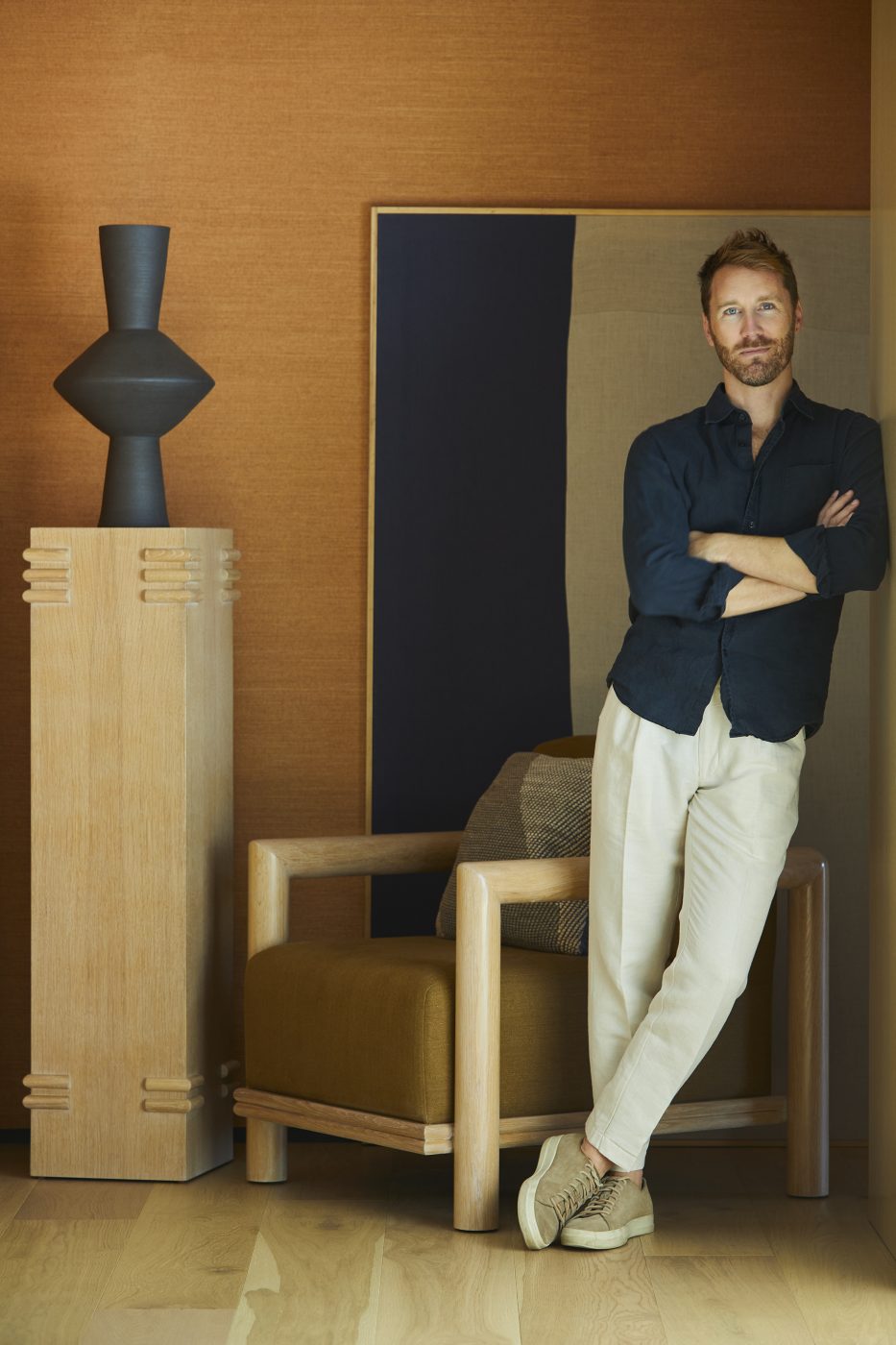
February 4, 2024Asked to design a full-floor apartment in a new building on Manhattan’s Upper East Side, Josh Greene could have been intimidated. The building’s lobby, after all, was designed by Achille Salvagni, furniture’s Roman emperor, who has said he worked to “create drama in the arrival experience.” The oval-shaped “jewel of a space,” as Salvagni describes it, has fluted walls (resembling the entry to his eponymous gallery just a few blocks south on Madison Avenue) and a backlit onyx fireplace.
If that didn’t raise the bar high enough, the entire building was designed by architect Peter Pennoyer, renowned for his traditionally styled and elegantly appointed houses. But when a couple with two teenage children chose Greene to create interiors for their gracious six-bedroom, five-and-a-half-bath unit, he was happy to join the building’s lineup of design stars.
Greene’s namesake firm, founded in 2018, does lots of complicated renovations. But once in a while, it’s nice not to have to break down walls. “With an apartment like this, you can start with the fun stuff right away,” he says.
Like Salvagni and Pennoyer, he wanted to mix classical with contemporary. In the foyer, he did that by covering the walls in layers of custom cream and gray Venetian plaster, on which he hung two Richard Serra works whose curves echo Pennoyer’s barrel-vaulted ceiling. A Jason Miller Studio fixture adds more gentle curves to the composition while accentuating the length of the space. The first piece of furniture visitors see had to be exceptionally chic; Greene chose a slim bench by John Salibello in a fabric by Toyine Sellers that is anything but slick.
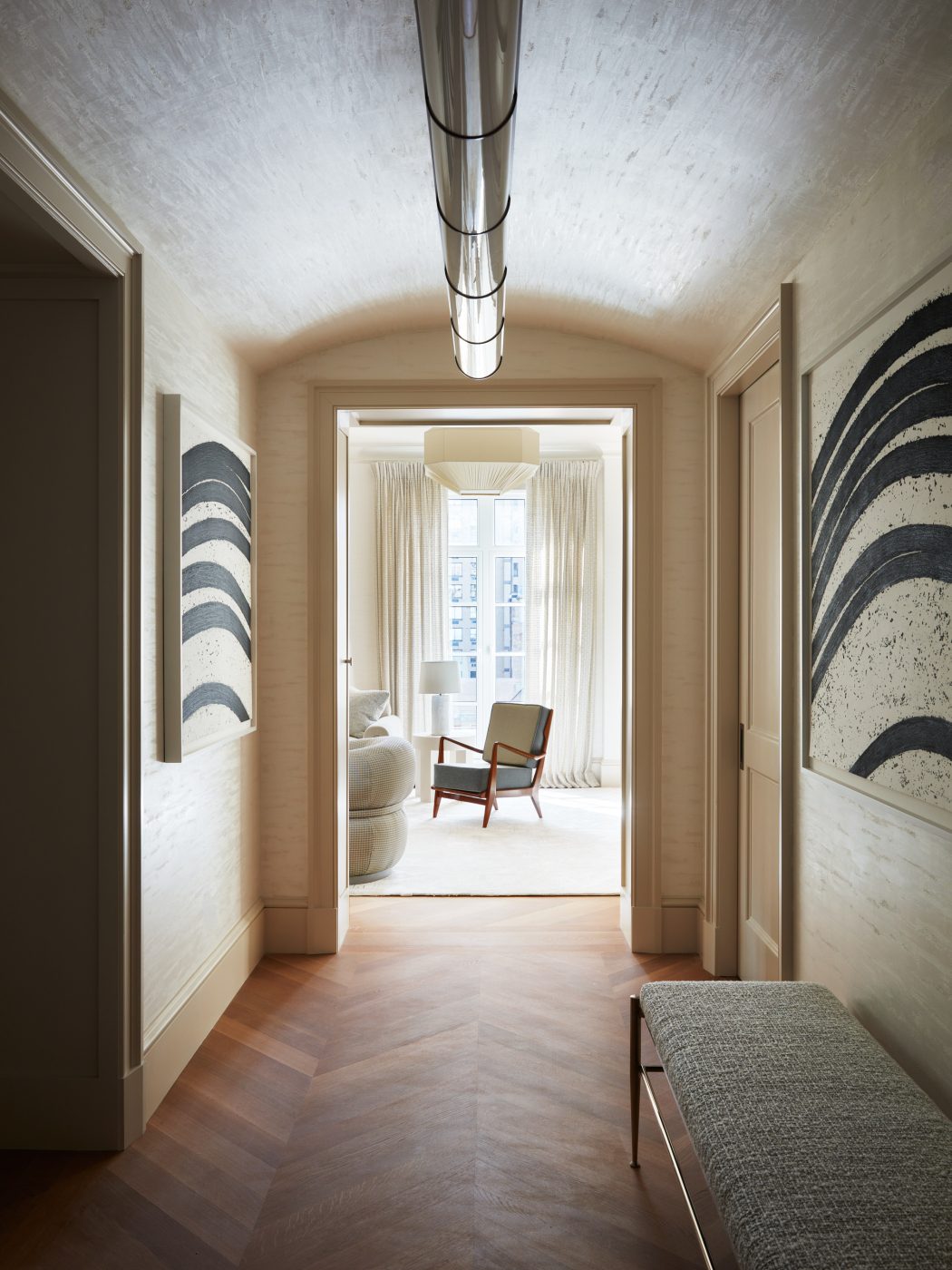
The foyer leads directly to the living room, which Greene made as bright as possible, even mixing bits of reflective metal into the paint used on the ceiling. The sizable (15-by-24-foot) space required sizable furniture; Greene’s custom sofa is 10 feet long. One pendant light, designed by Ariel Ashe and Reinaldo Leandro (of 1stDibs 50 firm Ashe Leandro), wouldn’t have been enough for the long room. So, Greene hung three in a row. There are some older design stars in the mix: The wood-framed chair is by the great Gio Ponti and the bar cabinet by Osvaldo Borsani, both pieces from Donzella. The painting is circa 1977 by Dan Christensen, a leading color field artist. The almost corduroy surfaces of the travertine coffee tables by Turkish designer Buket Hoscan Bazman resonate with the Zimmer + Rohde fabric on what Greene calls his “puffy belted lounge chairs,” as well as the folds of the Ashe Leandro–designed ceiling fixtures and the drapes.
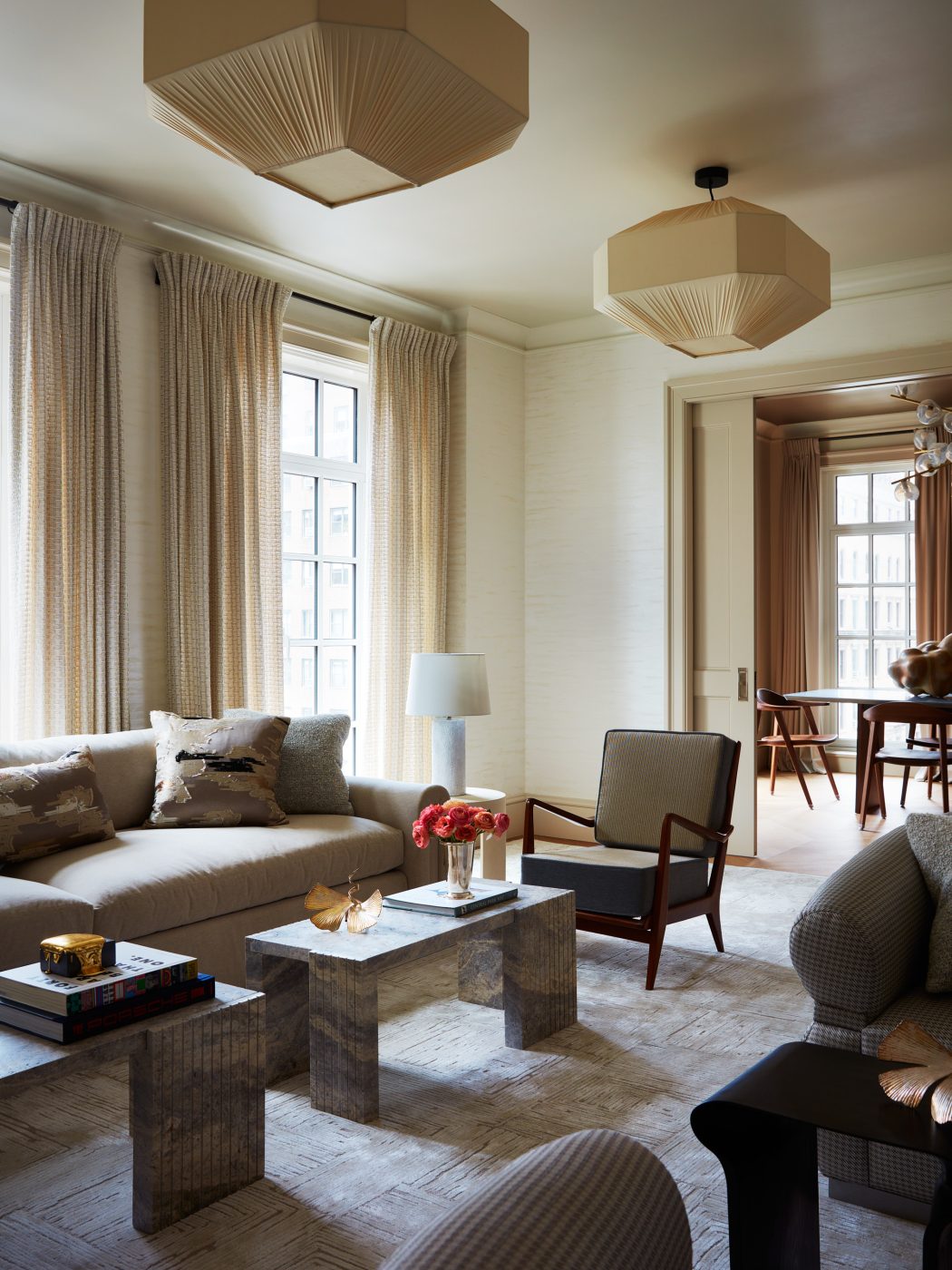
The living room opens to the den. “We kept it really moody,” the designer says of the latter, which he lined in dark blue grasscloth. There’s a plush sectional sofa — custom made to fit the room precisely — and an ottoman from Dune that doubles as a coffee table. “This is my clients’ main TV-watching room,” says Greene, “and I wanted them to have a place to put up their feet.”
The irregular brick pattern of the Sacco rug plays off the grids of the windows. Nearly everything else has soft curves: the arms of the custom sofa, the backs and seats of the Vladimir Kagan chairs, the edges of the ottoman, the ceiling fixture by the Urban Electric Company and the ceramics by Keith Greenwald, a New York City-based architect. The painting is by noted Ethiopian-American artist Julie Mehretu.
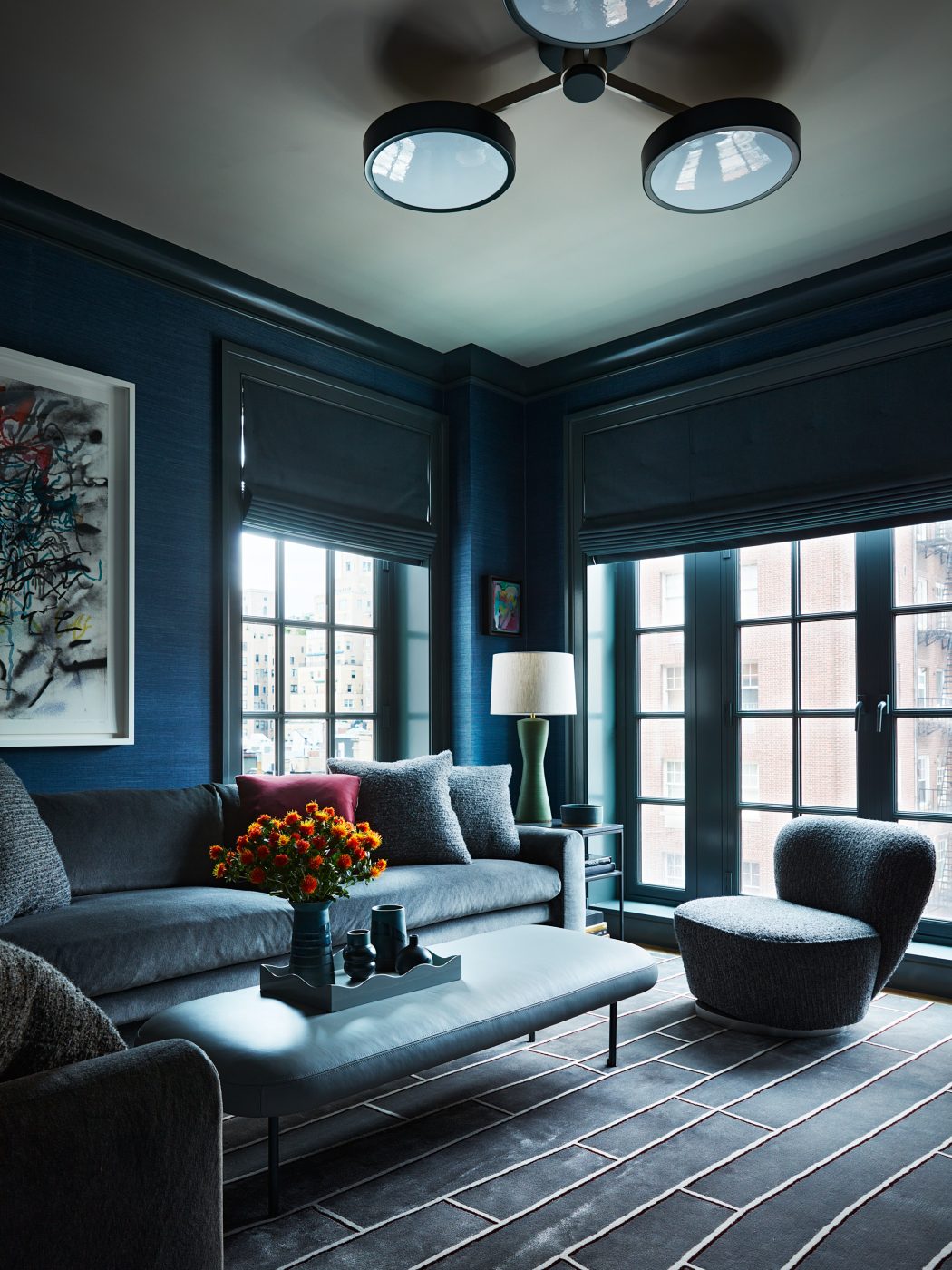
The dining room is at the other end of the living room — completing an enfilade of gracious spaces. “That is where the family eats almost every meal,” Greene says. “And they’re not fancy people.” So, he kept things relatively simple. The dining table, with its bowed edges, is by the Brooklyn-based studio Wüd Furniture, founded by husband-and-wife creatives Corey and Keren Springer. It is surrounded by chairs by Craig Bassam, of BassamFellows. The ceramic vessel on the table, by the Massachusetts-based artist Chris Gustin and bought through Donzella, echoes the bulbous shape of the fixture. The painting is by Perle Fine, circa 1977.
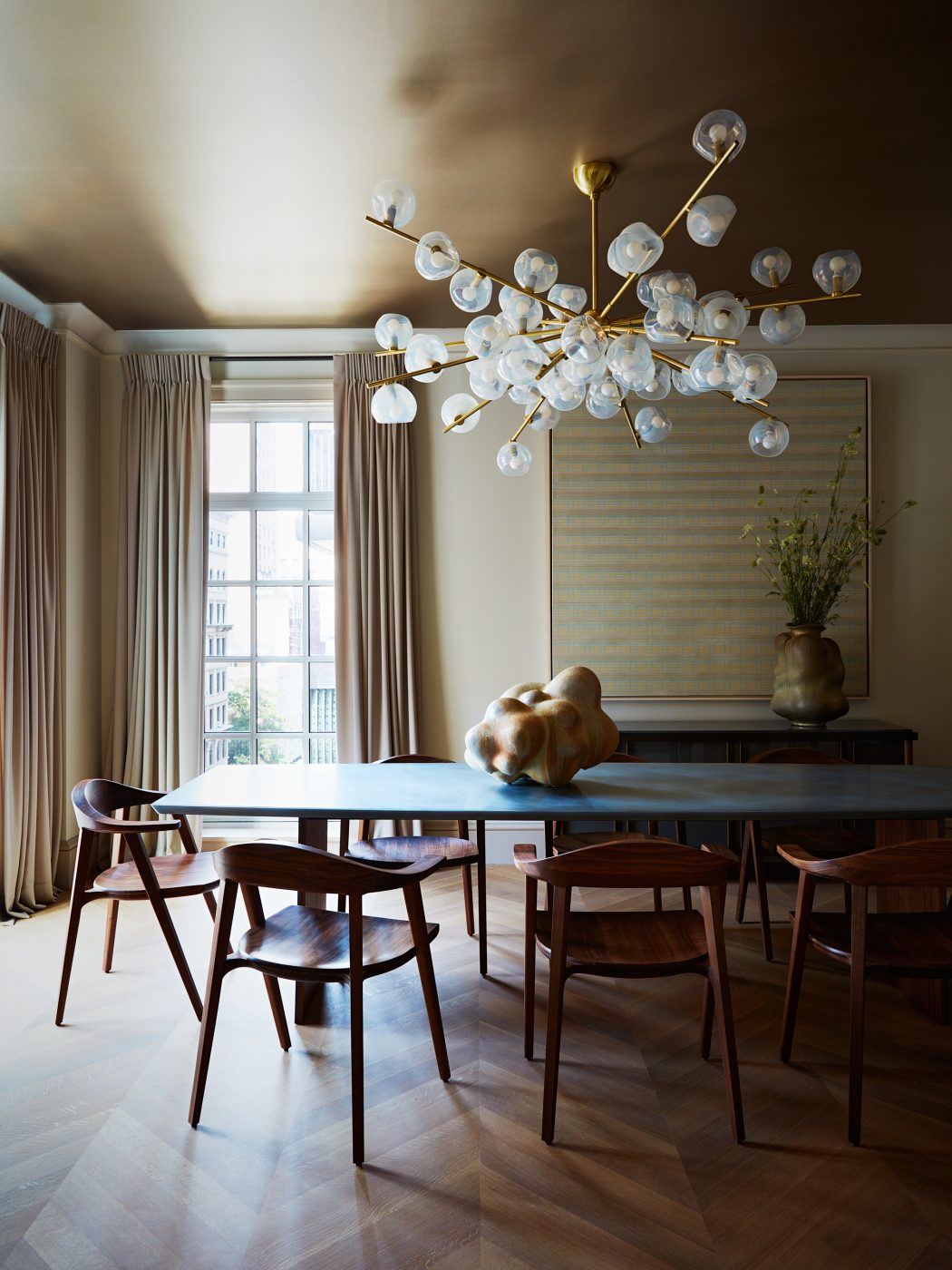
The kitchen needed very little help from Greene. Working with designer Christopher Peacock, Pennoyer gave the kitchens throughout the building elegantly curved midnight-blue islands with tops of honed Calacatta Gold marble and backlit range hoods of fluted glass and nickel. Greene add Bright Chair Company Cahn stools and Urban Electric Company pendants. It was the same with the bathrooms: Greene knew to leave well enough alone, contributing little to the primary bath except a small plaster table from BK Antiques and a circa 1970 polished-steel and brushed-aluminum fixture by Gaetano Sciolari, whose 45-degree angles echo the tile pattern below. Altogether, Greene says he chose more than 30 light fixtures for the apartment.
The designer, 44, grew up in Los Angeles and Seattle, then studied French at NYU before transferring to USC. He returned to New York in 2001, hoping to work in fashion. Within a couple of years, he was an editor at Women’s Wear Daily, where he was particularly interested in fabrics. Then, in 2003, he attended an exhibition at the Art Institute of Chicago of the work of architect David Adler (1882-1949), designer of many grand midwestern houses. “I walked out saying, ‘I have to make a career change,’ ” he recalls.
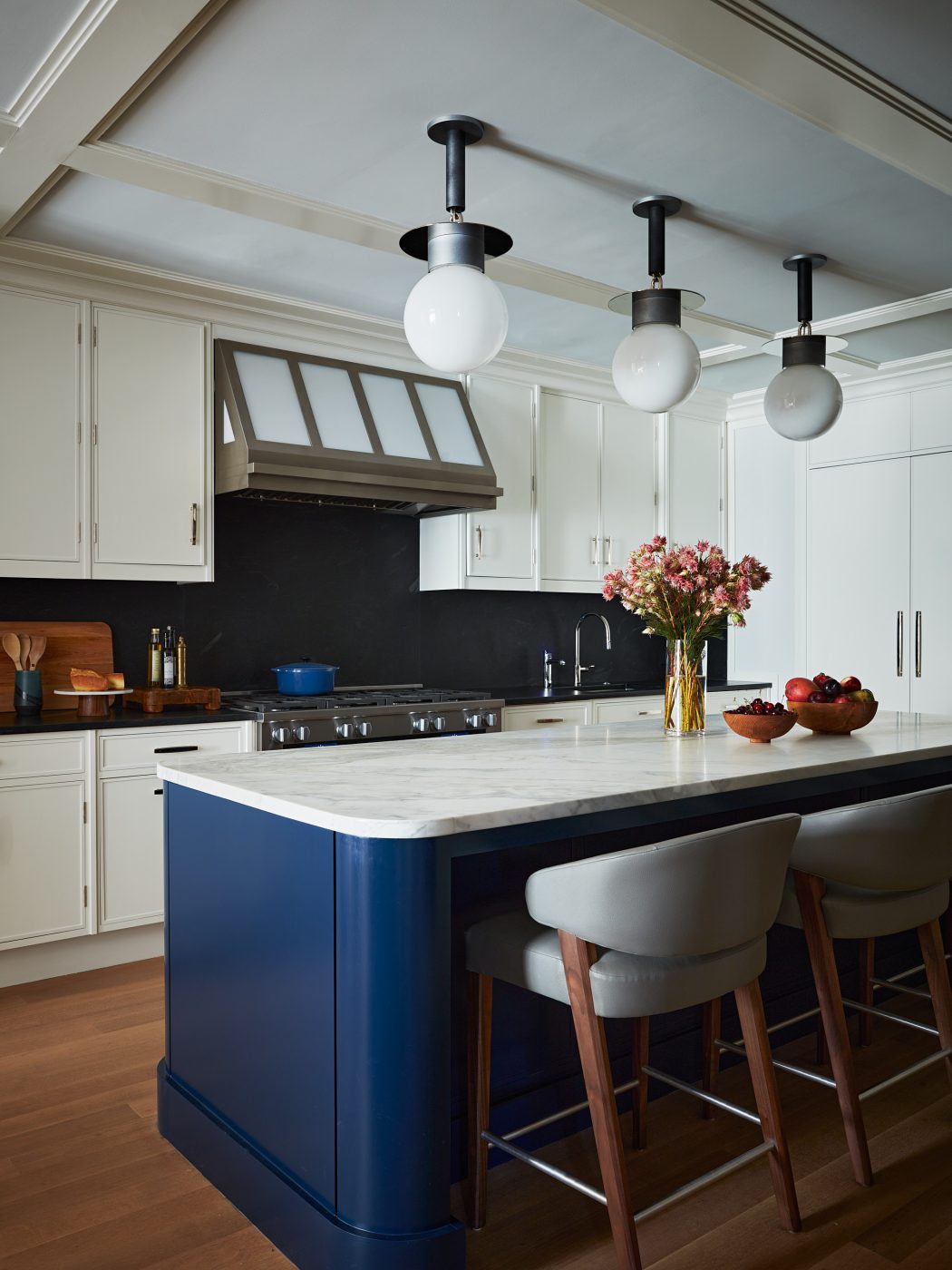
So, at 24, he went to work for David Mann, at MR Architecture + Decor. That was followed by gigs at Ralph Lauren and Michael S. Smith. In 2011, he began a stint at Sawyer|Berson, designers for Madonna and Jerry Seinfeld and the likes. “They operate at such a high level,” he says. “It was great to do interior design against that backdrop.”
Greene struck off on his own in 2018 and has already become a favorite of Architectural Digest, which published the house he did for fashion designer Joseph Altuzarra in the Hamptons and named him to the AD 100 in 2023.
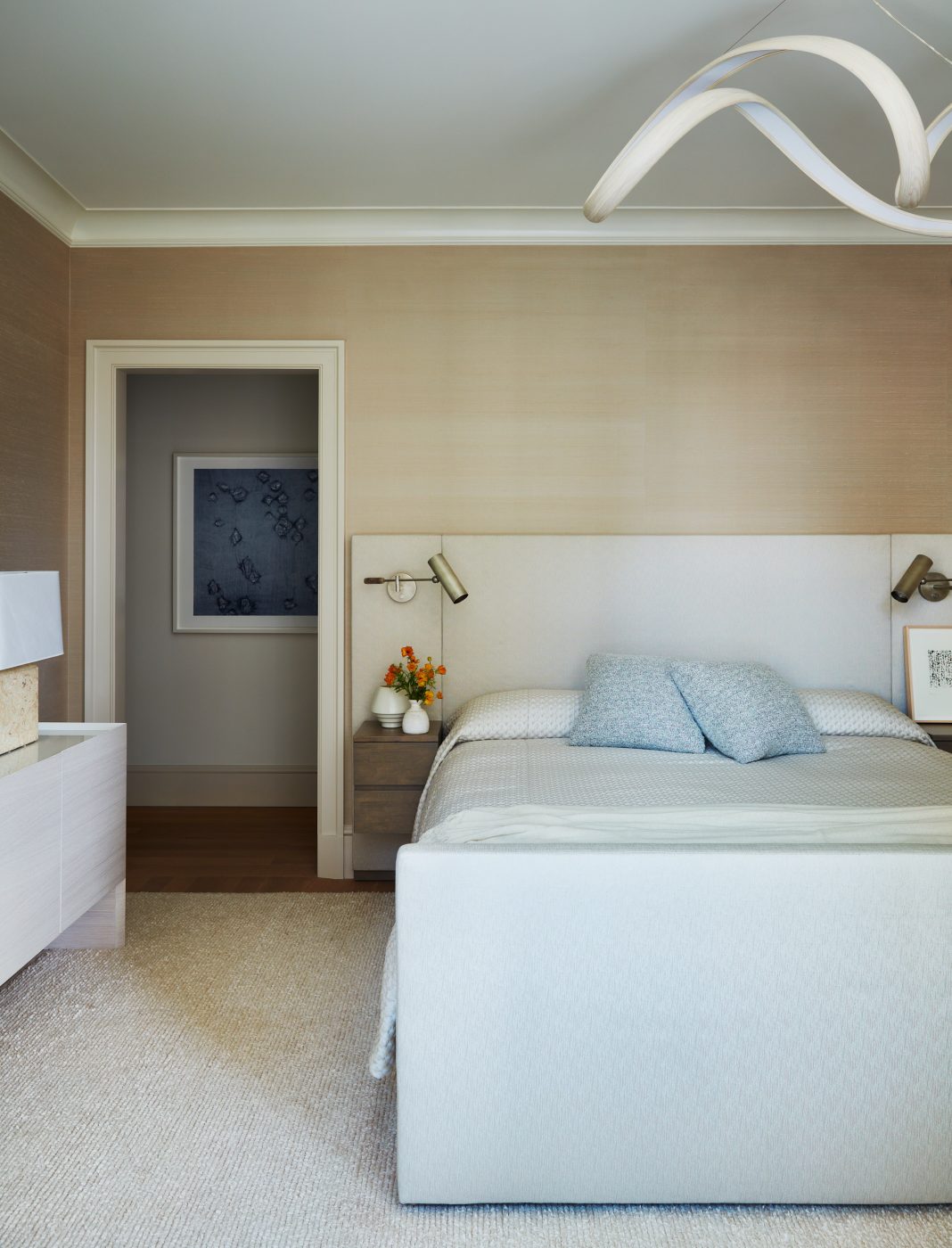
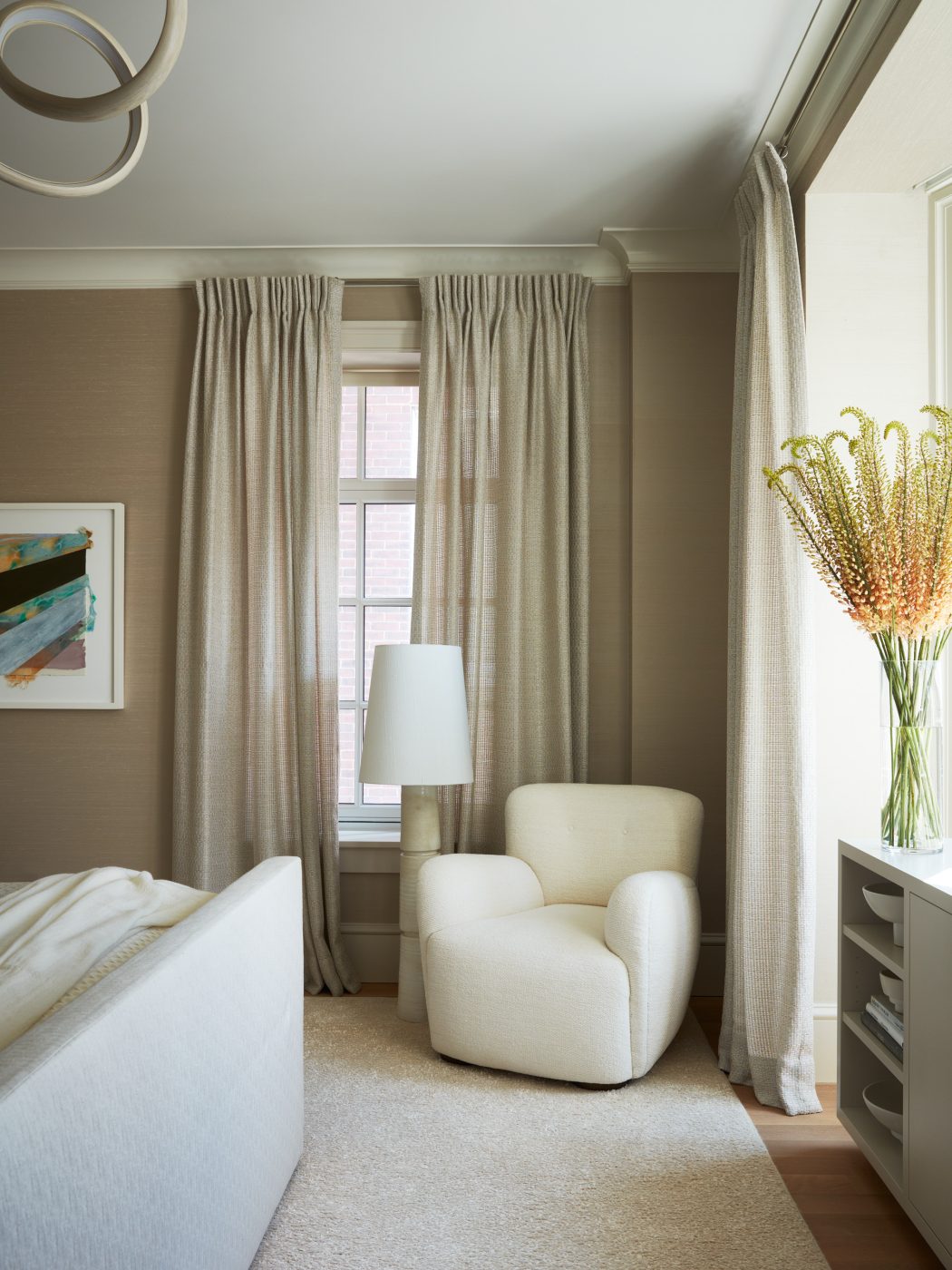
Beyond his many private house and apartment commissions, he is designing a model unit at the Waldorf Astoria Residences, whose developer wants him to show how a real New Yorker would live in the just-renovated landmark. Greene is also busy bringing his designs to market with an upcoming rug collection and additions to his line for Dowel Furniture.
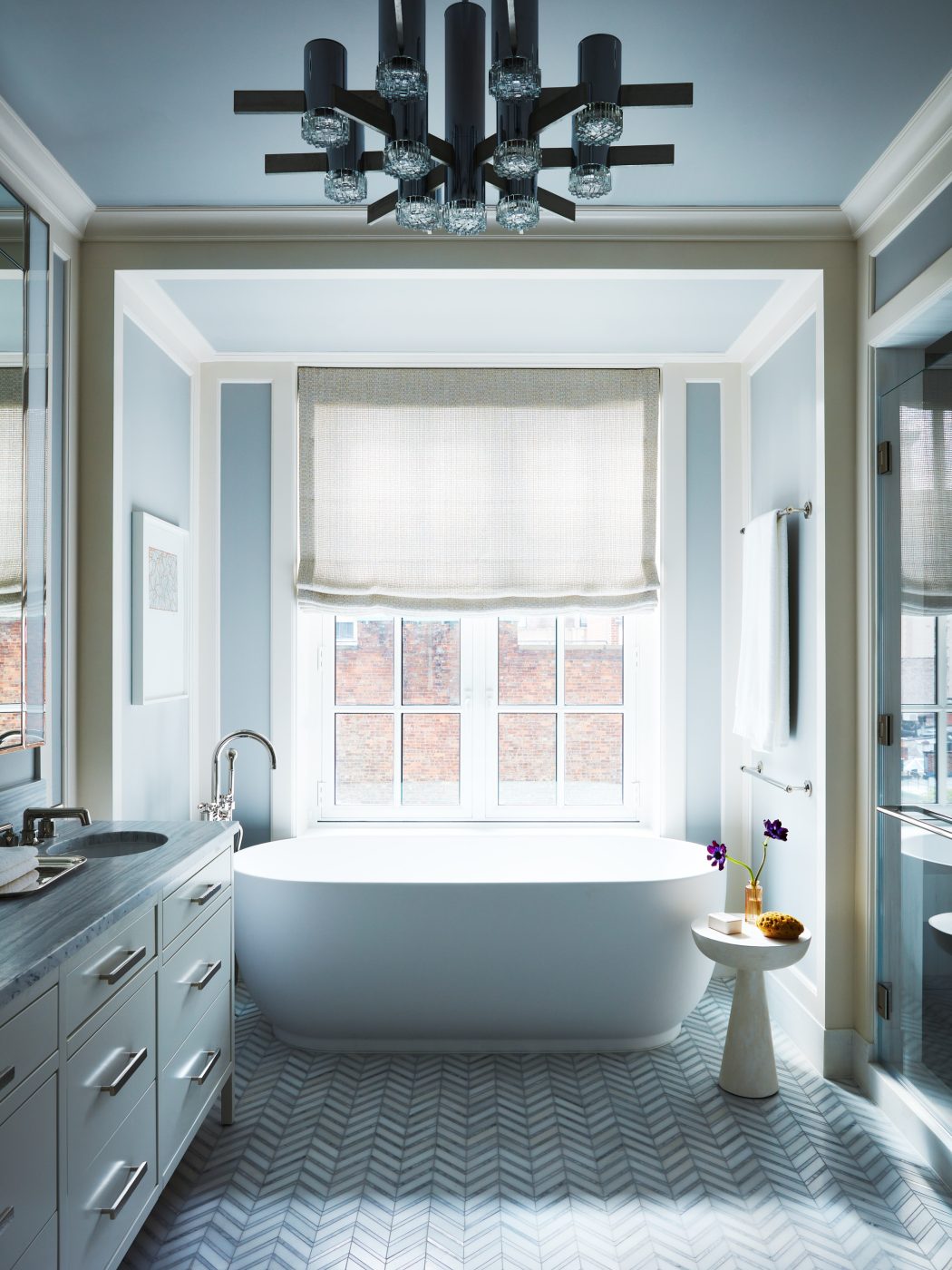
Back on the Upper East Side, Greene’s clients wanted their primary bedroom to be especially restful. He achieved that with pale silk walls, pale drapes and a pale upholstered bed. There are just a few attention-getters, like a comfy chair from Studio Giancarlo Valle and a circa 1970 ceramic floor lamp.
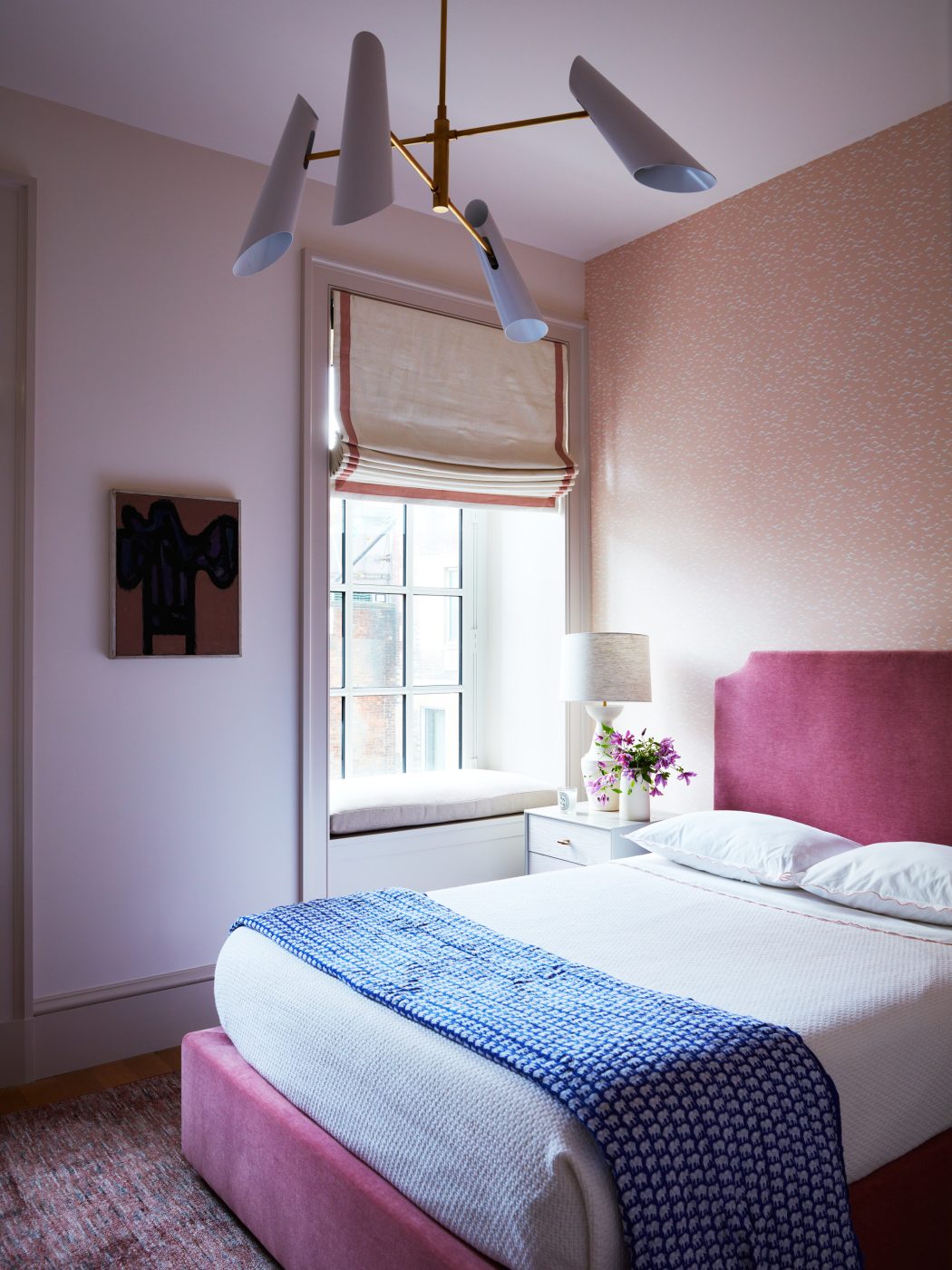
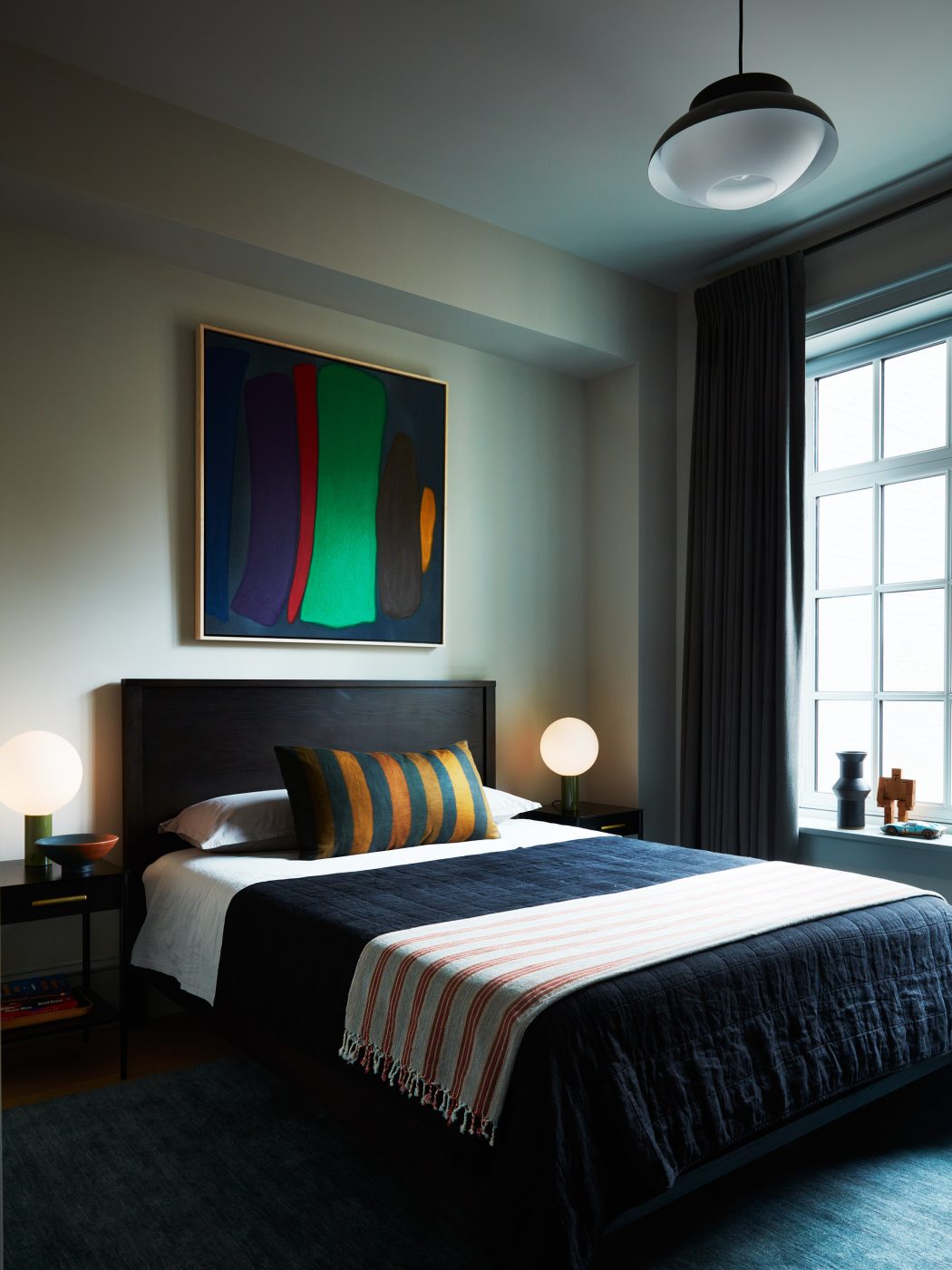
He seems to have had a lot of fun with the daughter’s bedroom. It’s not quite Barbie-esque, but it is very pink, thanks to its Farrow & Ball wallpaper. A bedside lamp by Danny Kaplan and a 1958 painting by Raymond Hendler are playful but not the least bit childlike.
In the son’s bedroom, Greene says he went for “the masculine, the cool and the definitely not clichéd,” working in unexpected shades of green and blue, as exemplified by the 1991 William Perehudoff painting that hangs over the bed. Table lamps that look like baseballs, from the Brooklyn lighting studio In Common With; a ceiling pendant from GUBI; and vessels by the mid-century-inspired, Los Angeles–based Cary Lockwood Ceramics make this a very sophisticated room, the age of the occupant notwithstanding.
